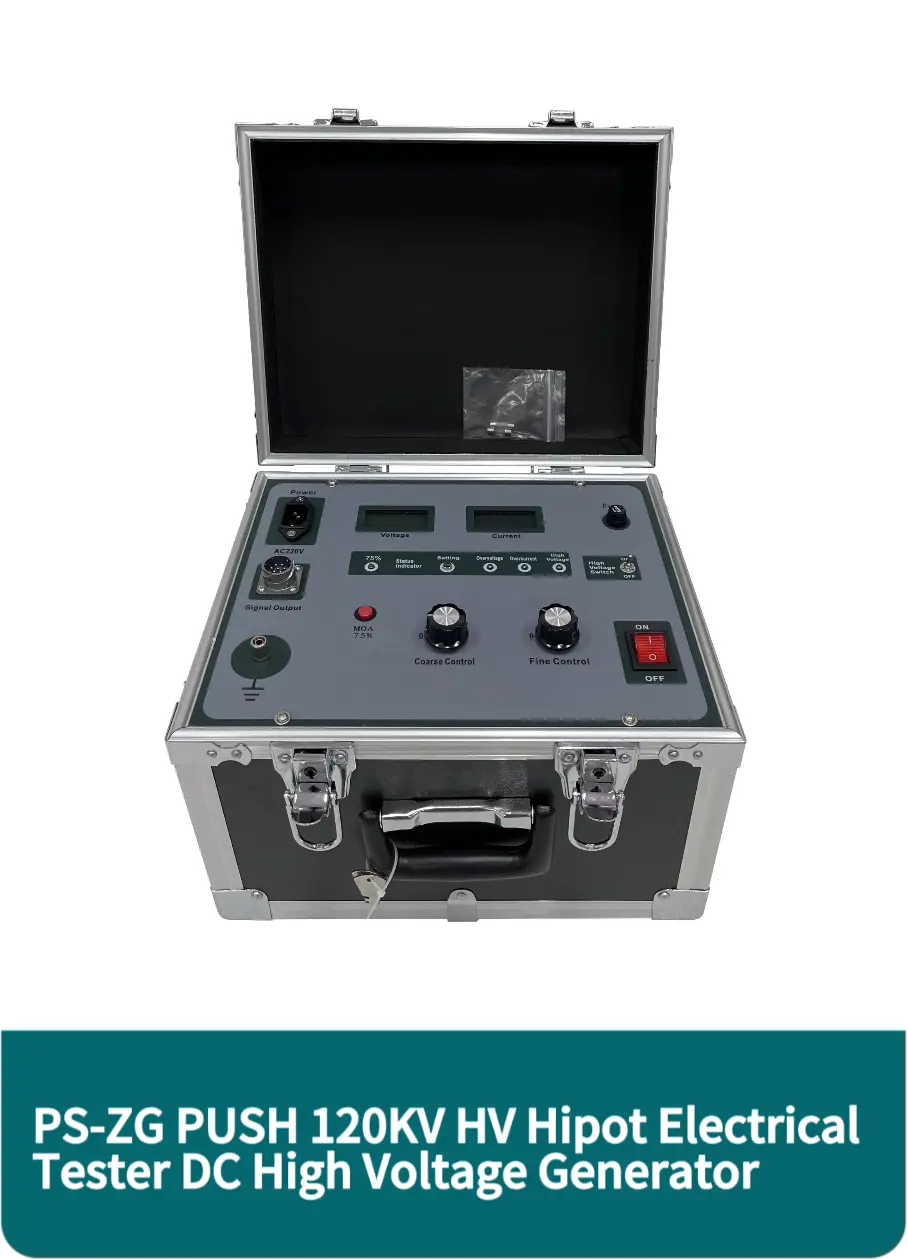 English
English


instrument transformer testing
Instrument Transformer Testing Ensuring Accuracy and Reliability in Electrical Systems
Instrument transformers, which include current transformers (CTs) and voltage transformers (VTs), play a critical role in the accurate measurement and monitoring of electrical parameters in power systems. Their primary function is to step down high voltage and current to manageable levels for measurement devices such as ammeters and voltmeters. However, to ensure that these devices operate correctly and safely, it is essential to conduct thorough testing of instrument transformers. This article delves into the importance, procedures, types, and best practices of instrument transformer testing.
Importance of Instrument Transformer Testing
Testing instrument transformers is vital for several reasons. First and foremost, accurate measurements are crucial for the protection and control of electrical systems. Malfunctioning transformers can lead to incorrect readings, which may affect the operation of protective relays and compromise system reliability. Additionally, testing helps identify potential faults before they escalate into significant failures, thereby enhancing the overall safety of the electrical infrastructure.
Furthermore, regulatory standards require that instrument transformers meet specific operational criteria. Regular testing ensures compliance with industry standards such as IEC and ANSI, which mandate performance benchmarks that must be sustained throughout the equipment's lifecycle. This compliance helps utilities avoid legal issues and maintain their operational licenses.
Types of Tests Conducted
Instrument transformer testing typically falls into two categories routine tests and type tests. Routine tests are performed on every unit after manufacturing to verify that it meets specified standards. These tests usually include insulation resistance tests, ratio tests, polarity tests, and burden tests.
- Insulation Resistance Test This assesses the quality of insulation in the transformer to ensure safety and reliability. - Ratio Test This verifies that the voltage or current ratio is as specified, ensuring accurate measurements. - Polarity Test It confirms that the polarity markings on the transformer are correct, which is critical for proper relay operation. - Burden Test This examines the performance of the transformer under actual load conditions to ensure it can handle expected operational levels without degradation in accuracy.
Type tests, on the other hand, are comprehensive tests performed on one sample of a given design to confirm its performance under various conditions. These tests can include temperature rise tests, short-circuit tests, and dielectric tests. They provide valuable data about the overall robustness and reliability of the transformer design.
instrument transformer testing

Best Practices for Testing
To ensure effective instrument transformer testing, several best practices should be followed
1. Thorough Preparation Before conducting tests, it's essential to gather all necessary equipment, documentation, and safety gear. Confirm that the testing environment is suitable and that the transformers are de-energized.
2. Use of Reliable Testing Equipment High-quality, calibrated testing instruments should be employed to ensure accuracy in measurements. Regular maintenance and calibration of testing equipment are crucial to obtain reliable results.
3. Record-Keeping Detailed documentation of test results is vital for future reference and audits. Keeping a comprehensive record helps track the performance of instrument transformers over time.
4. Adherence to Standards Testing should be conducted in accordance with international and national standards. Using established guidelines helps ensure consistency and reliability in testing procedures.
5. Training and Qualifications Personnel conducting tests should be well-trained and knowledgeable about the procedures and potential risks involved. Continued education and training are essential to keep abreast of technological advancements and changing standards.
Conclusion
In conclusion, instrument transformer testing is an integral part of maintaining the accuracy and reliability of electrical measurement systems. By implementing thorough testing protocols and adhering to best practices, utilities and electrical professionals can enhance the safety and functionality of their operations. Continuous monitoring and testing serve not only to comply with regulatory requirements but also to foster trust in the performance of the electrical grid, which is becoming increasingly critical in our modern, energy-dependent society.
-
Differences between open cup flash point tester and closed cup flash point testerNewsOct.31,2024
-
The Reliable Load Tap ChangerNewsOct.23,2024
-
The Essential Guide to Hipot TestersNewsOct.23,2024
-
The Digital Insulation TesterNewsOct.23,2024
-
The Best Earth Loop Impedance Tester for SaleNewsOct.23,2024
-
Tan Delta Tester--The Essential Tool for Electrical Insulation TestingNewsOct.23,2024





